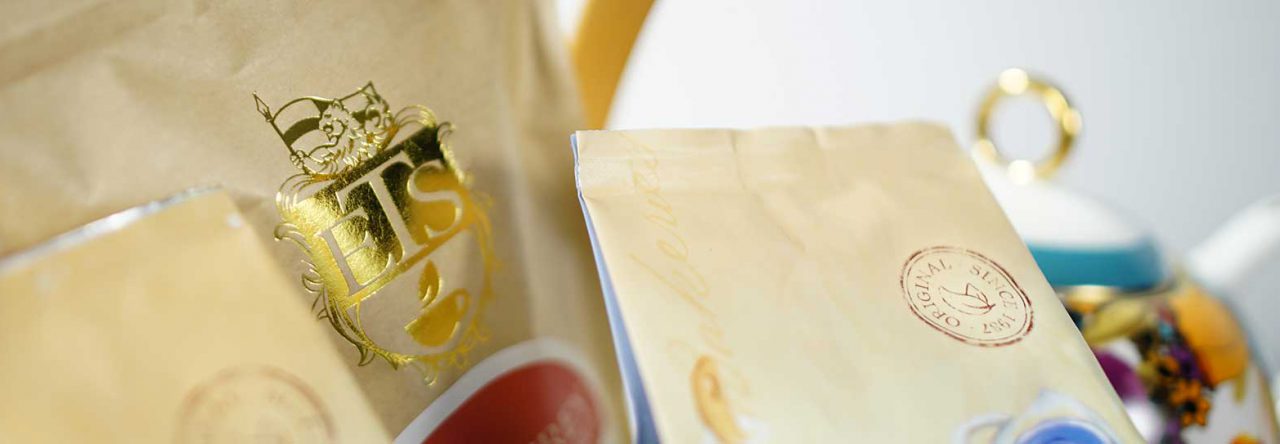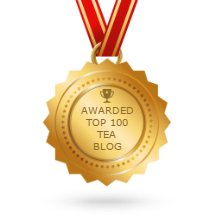
If I had to choose one type of tea to drink exclusively for the rest of my life, I’d probably have to go with black tea. If I had to narrow that down even further and choose just one variety of black tea to drink exclusively for the rest of my life, there’s no doubt that I’d go with Assam. That’s assuming, of course, that it was a high-quality single estate variety.
Until relatively recently, Keemun, a Chinese black tea (which the Chinese sometimes refer to as red tea), was a variety that barely showed up on my radar. I knew that it was often a key component in breakfast tea blends, but I’d had mixed results with those and had sampled very few straight Keemun varieties.
Over the past year or so I’ve had the chance to try out a number of Keemun varieties and have yet to find one that’s been a disappointment. Keemun, also known as Qimen, for the county in China’s Anhui province where it is produced, is a variety of black tea that’s typically known for having small leaves and a rich, full-flavored taste that contains notes of smokiness, though these are much more low-key than those of a strongly flavored tea like the pine smoke-cured Lapsang Souchong.
The region where Keemun is produced was once known exclusively for its green teas. Black tea is a relative late comer there and is said to date from 1876, when a transplant from China’s Fujian province, where black tea production was quite common at the time, took the techniques that he had learned there and applied them to the making of Keemun tea.
While there’s no set formula for the different types of breakfast tea blends, Keemun frequently turns up in the various English breakfast tea formulations. Among the more notable varieties of Keemun are Mao Feng, which is known for its larger leaves, and Hao Ya, which is thought by some to be among the best of the Keemun teas.
© Online Stores, Inc., and The English Tea Store Blog, 2009-2014. Unauthorized use and/or duplication of this material without express and written permission from this article’s author and/or the blog’s owner is strictly prohibited. Excerpts and links may be used, provided that full and clear credit is given to Online Stores, Inc., and The English Tea Store Blog with appropriate and specific direction to the original content.



Leave a comment